Complete Streets News – September 2017
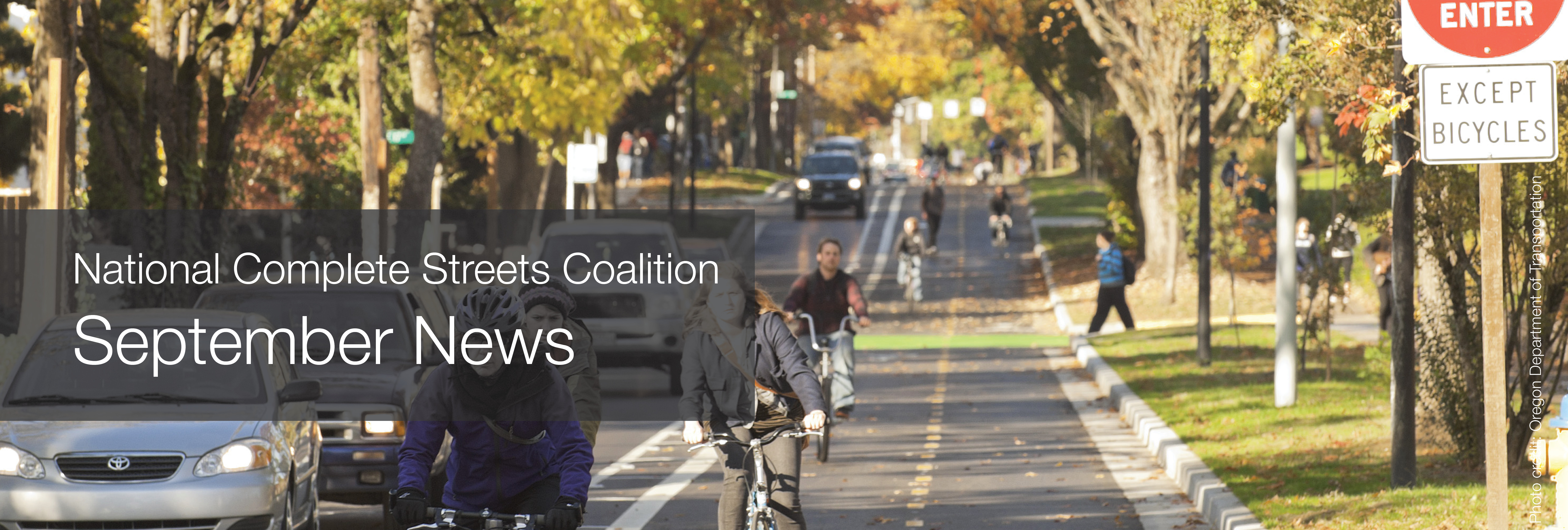
We are now accepting proposals for 90-minute breakout sessions, presenters have several session format options: panel, individual presentation, roundtable discussion, workshop, or a hands-on activity. Have an idea related to Complete Streets or creative placemaking, share it with us!
Register now for “Public/Private Partnerships: Complete Streets & Large-Scale Development”
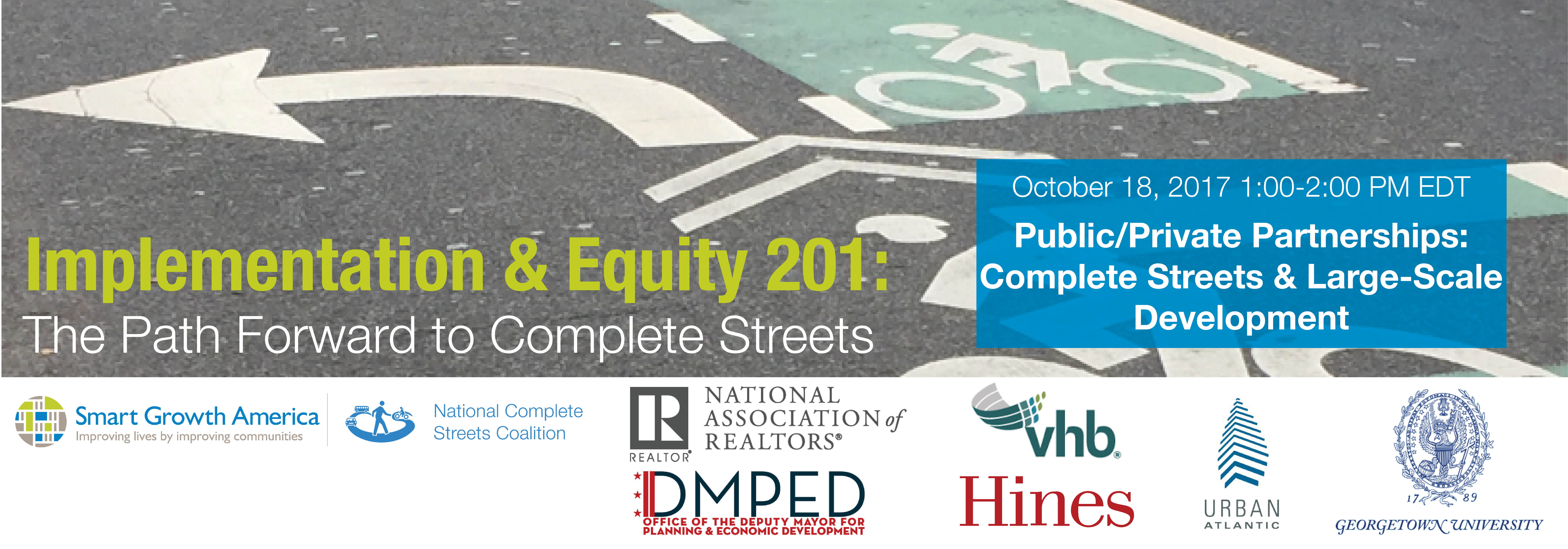
The National Complete Streets Coalition is excited to continue our monthly webinar series designed to help professionals from a variety of disciplines put Complete Streets principles into action. Implementation & Equity 201: The Path Forward to Complete Streets is exploring a new issue each month related to creating safer, healthier, more equitable streets.
Our next webinar, Public/Private Partnerships: Complete Streets & Large-Scale Development takes place on Wednesday, October 18th from 1:00-2:00 PM EDT.
Now open: Intersections 2018 — call for session proposals

The National Complete Streets Coalition and Transportation for America’s Arts & Culture team are currently seeking session proposals for “Intersections: Creating Culturally Complete Streets,” the second national Complete Streets conference.
Complete Streets News – August 2017
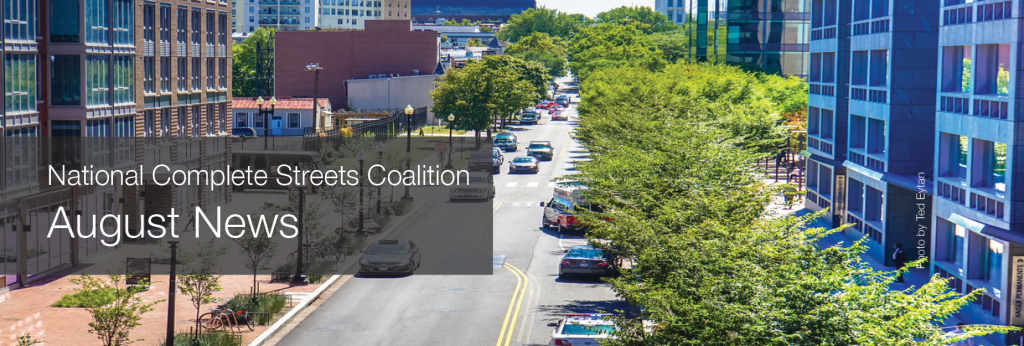
Upcoming webinar: Impact of Emerging Technologies on Complete Streets — With the emergence of advanced new technologies, we have reached a pivotal point in transportation planning. How will technologies such as connected and autonomous vehicles change the way we design and use our streets? And what are cities doing today to prepare for these innovations? Join the National Complete Streets Coalition, Stantec, and Transportation for America’s Smart Cities Collaborative to explore these questions and more. Tune in September 12, 2017 at 1:00pm EDT. Register today!
Safe Streets Academy winners announced — After a very competitive application process, we are excited to announce the winners of the Safe Streets Academy: Orlando, FL; Lexington-Fayette Urban County Government, KY; South Bend, IN. These three jurisdictions will learn from national experts, collaborate with one another, and discuss best practices in engineering, tactical urbanism, creative placemaking, and community engagement.
NTSB releases full report on speeding-related crash study
Last month the National Transportation Safety Board (NTSB) released a list of 19 recommendations aimed at reducing speeding-related injuries and fatalities. That full report was released yesterday and we had an opportunity to ask NTSB board member, T. Bella Dinh-Zarr, PhD, MPH about the study.
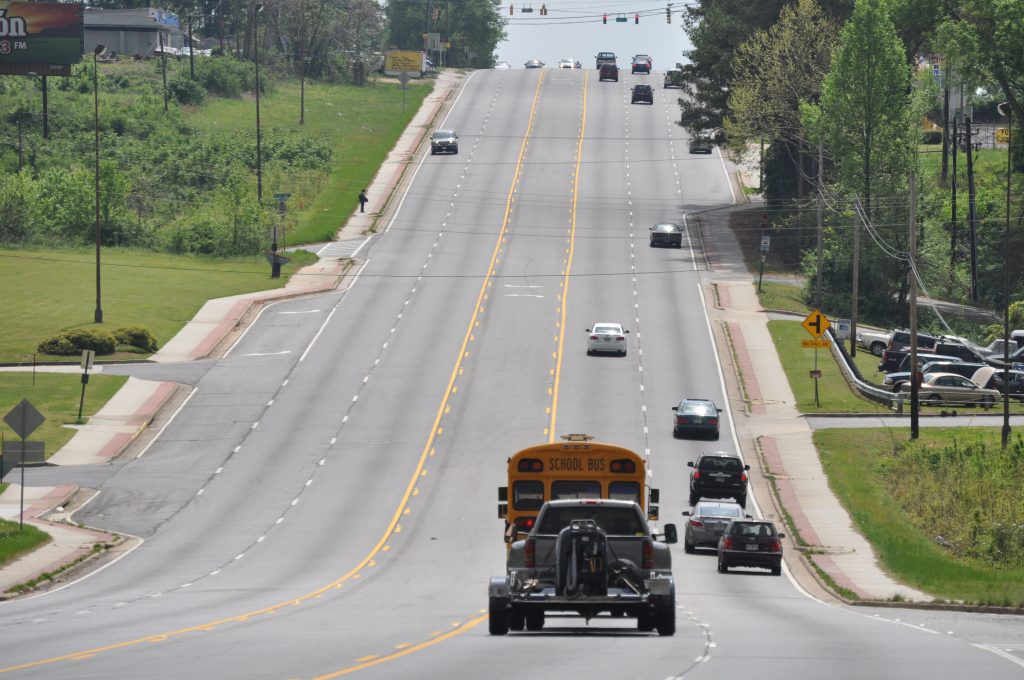
Announcing Intersections: Creating Culturally Complete Streets
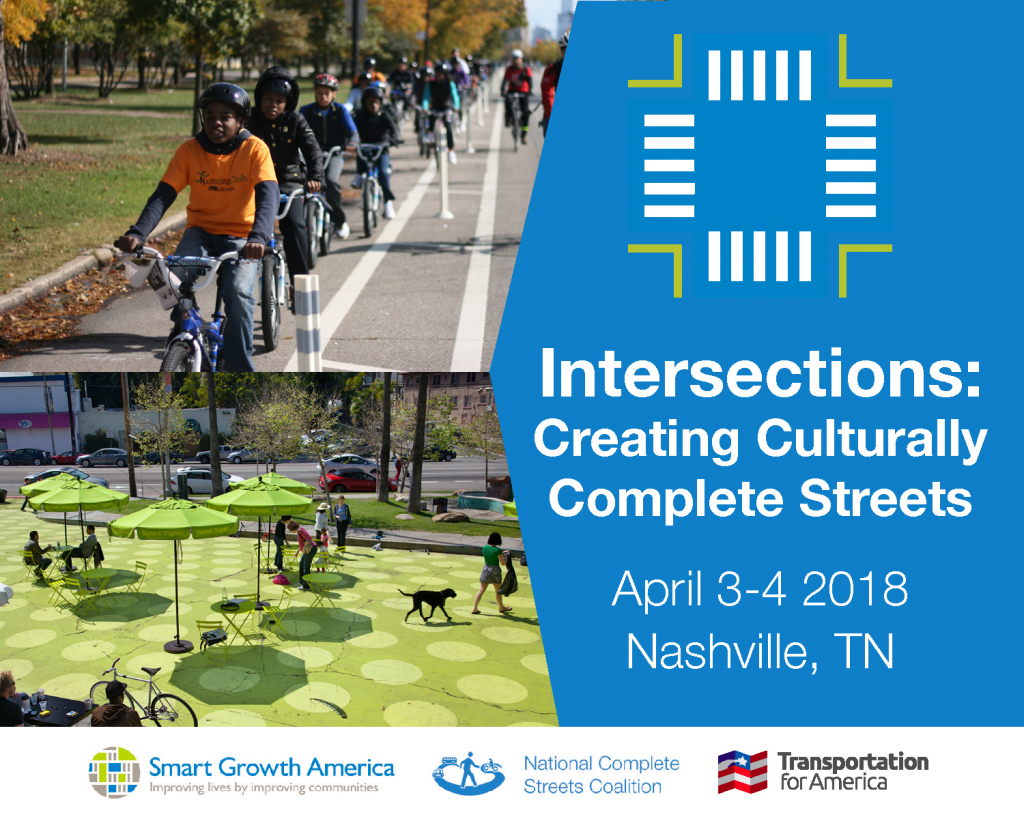
The National Complete Streets Coalition is proud to partner with Transportation for America’s Arts & Culture team for our second national Complete Streets conference. Save the date and take part in the movement on April 3-4, 2018 at the Nashville Music City Center.
Implementing Complete Streets in small towns and rural communities
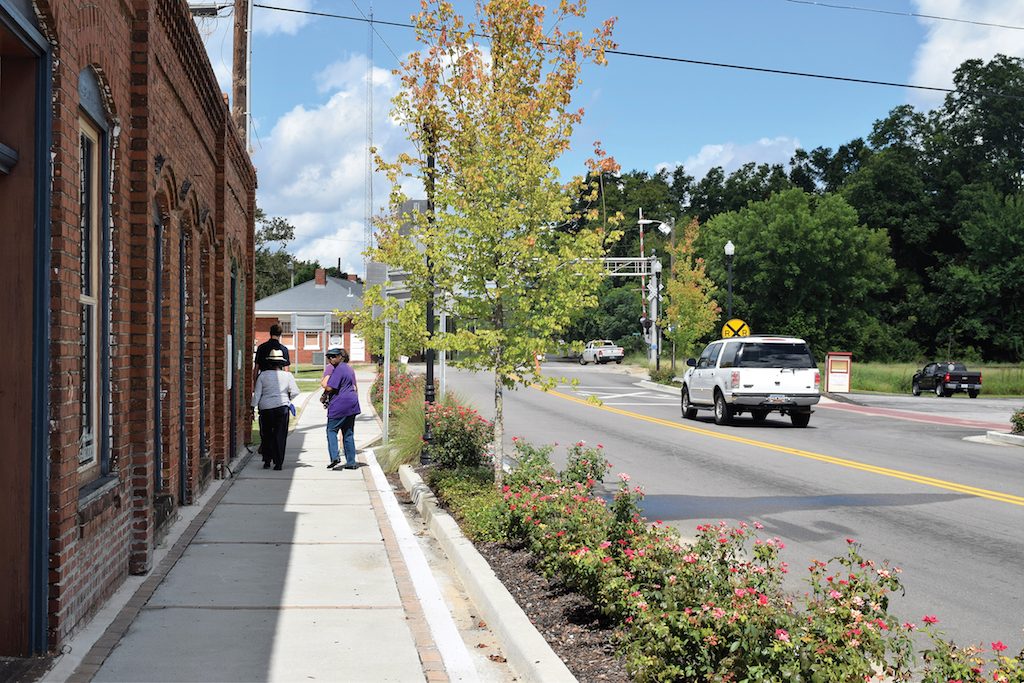
(Image courtesy of Alta Planning + Design)
Successful implementation of Complete Streets requires much more than a one-size-fits-all approach. Rural and small towns often face distinct challenges from urban areas when it comes to improving the conditions for people walking and bicycling. The National Complete Streets Coalition recently spoke with Andrea Clinkscales, Senior Planner at Alta, to learn about some of the obstacles smaller communities may face, along with potential solutions to implementing Complete Streets.
Statement on NTSB Study: Reducing Speeding-Related Crashes Involving Passenger Vehicles
Today, after the National Transportation Safety Board (NTSB) NTSB released recommendations from a new report aimed at reducing speeding-related injuries and fatalities, The National Complete Streets Coalition made the following statement:
“The National Complete Streets Coalition thanks NTSB for taking aim at the critical issue of speeding-related crashes that injure and kill far too many Americans each year — including many on foot or bike. We hope this report will continue to bring attention to the important yet often overlooked role of speeding in traffic injuries and fatalities for everyone who uses our streets.
Over the last decade, speed has consistently been associated with about 30 percent of traffic fatalities annually, and addressing that will help reduce auto-related injuries and fatalities. Speed is also the most important variable in how likely someone is to survive a crash. For people on foot, the likelihood of surviving a crash decreases rapidly after 30 mph; older adults are 47% likely to experience fatalities at this speed. Between 2005 and 2014, Americans were more likely to die while walking than from a natural disaster. But our Pedestrian Danger Index shows that people of color, older adults, and low-income populations are both overrepresented in pedestrian deaths and disproportionately subject to dangerous walking conditions.